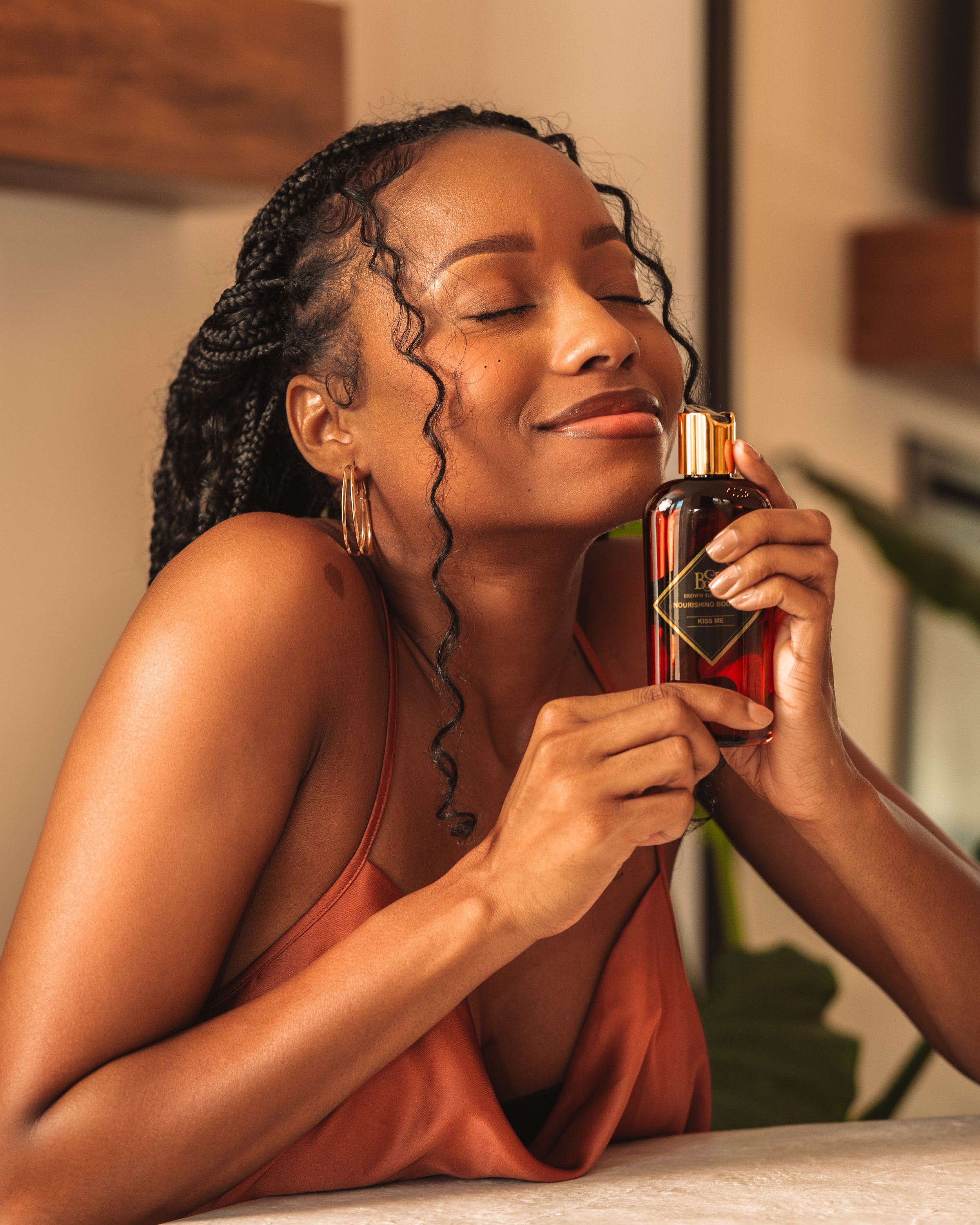5 Simple Lifestyle Photography Hacks to Boost Your Portfolio
As a lifestyle photographer, you know that it's all about telling a story—capturing moments that feel real, relatable, and spontaneous. Whether you're working with a brand or capturing everyday moments, a strong portfolio is key to landing more gigs. If you're looking to take your lifestyle photography to the next level, these five simple hacks will help boost your portfolio in no time!
1. Master Natural Lighting
Natural lighting can make or break a lifestyle photo. It’s all about capturing your subjects in their true, unfiltered beauty. When shooting outdoors, aim for the "golden hours"—the first hour after sunrise and the last hour before sunset. This is when sunlight is soft, diffused, and creates a magical, flattering glow.
If you're shooting indoors, position your subject near windows for a natural light source. Pay attention to shadows and avoid harsh, direct sunlight. The goal is to keep things looking effortless and organic.
Pro Tip: When you're out on location, practice observing how light falls at different times of the day. This can help you prep for future shoots.
2. Create Movement
Lifestyle photography is about capturing life as it happens. One way to convey this is by creating movement. Whether you're shooting a model, animal, or product in use, ask your subjects to move around naturally. This could be walking from point A to point B, interacting with their surroundings, or simply laughing. Movement adds authenticity and energy to your images.
Pro Tip: If you're working with people who aren’t used to being in front of the camera, give them an activity to do, like playing smelling a bottle, opening a lid, or rubbing texture into their skin. They’ll focus more on the activity than the camera, resulting in candid, authentic shots!
3. Capture the Details
While wide, sweeping shots are great for setting the scene, don’t forget to focus on the little details that complete the story. Zoom in on the textures of clothes, the shine on a bottle, or the subtle interaction between hands. These micro-moments bring depth and richness to your photos, showing you have an eye for storytelling.
Pro Tip: As you shoot, think about what details in the scene help tell the story. For example, the shine of the skin can convey a rich nourishing feeling.
4. Use Props to Elevate the Scene
Props can enhance the narrative of your photos, adding context and visual interest. They don’t need to be over-the-top—simple items like purses, plants, or decor can work wonders. If you're shooting lifestyle content for a brand, choose props that complement the product and fit naturally into the setting.
Pro Tip: Keep a kit of versatile, portable props handy for shoots, like neutral-colored pillows, bags, or greenery. They add layers to your scene without stealing the spotlight.
5. Experiment with Angles
Lifestyle photography is about capturing life from different perspectives. Don’t be afraid to get creative with your angles. Instead of always shooting at eye level, try capturing the scene from above (flat lays work great for lifestyle products), or crouch down to shoot from a lower angle to add a unique perspective. Experimenting with different angles keeps your portfolio dynamic and engaging.
FAQs
1. What is lifestyle product photography?
Lifestyle product photography showcases products in real-world settings to illustrate how they are used in daily life.
2. How do you style a lifestyle product shoot?
Choose a natural setting, use props, and ensure everything complements the product while keeping the scene authentic.
3. What are the best tips for shooting lifestyle product photos?
Use natural light, create movement, focus on details, experiment with angles, and incorporate simple props.
4. How do I use natural lighting in lifestyle photography?
Shoot during golden hour outdoors or position subjects near windows indoors for soft, flattering light.
5. Why is lifestyle photography important for brands?
It helps brands connect emotionally with customers by showing products in relatable, real-life situations.
6. How do I get my lifestyle product photos to look natural?
Encourage candid interactions with the product, use minimal props, and avoid overly posed shots.
7. What’s the difference between studio product photography and lifestyle product photography?
Studio photography focuses on the product in a controlled setting, while lifestyle photography shows the product in real-world use.








Learn how to pitch brands like a pro — without sounding salesy. This guide breaks down the 5 must-have parts of every strong pitch, when to use Instagram DMs vs. email, and includes 10 customizable pitch templates that actually get replies.